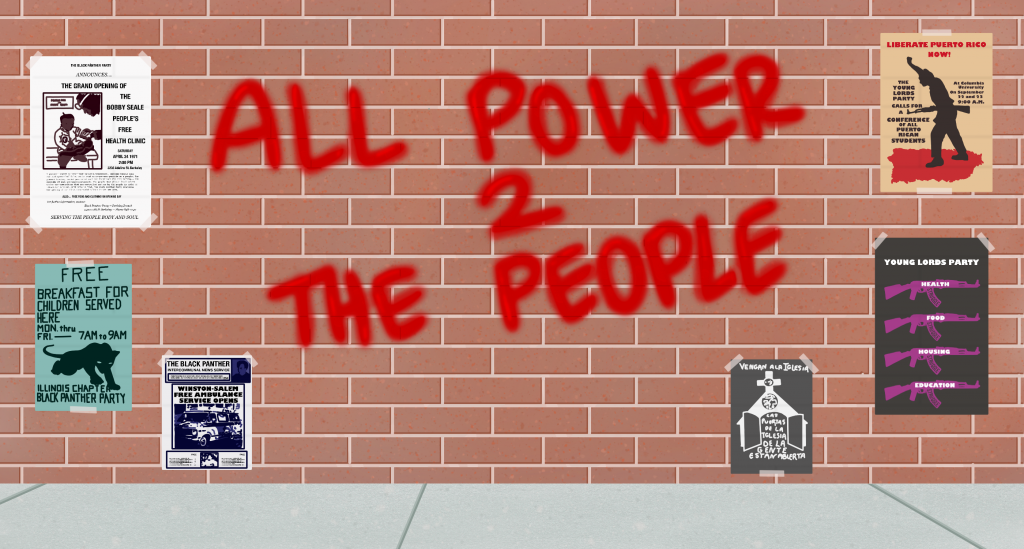Since gaining internet notoriety in the early 2010’s, Tyler, the Creator has demonstrated very consistent and steady maturation in both his music and public persona. In the beginning of his career, Tyler languished in shock culture. He filled his first two albums — 2009’s “Bastard” and 2011’s “Goblin” — with threats and slurs, doubling down on his troublemaker persona whenever he was in front of a camera. He was strikingly chaotic and outspoken, yet still somehow managed to be charming at the same time. It was like someone had given Eminem a Twitter account during the “Marshall Mathers LP” years.
As time passed, Tyler opened up. He maintained his general air of affability, but let go of the callous, internet troll persona he had built around himself, culminating in 2019’s “IGOR,” a gentle meditation on heartbreak and self-acceptance.
Tyler’s newest offering, “CALL ME IF YOU GET LOST,” looks back at his career through the story of a world traveler who falls in love with his friend’s girlfriend. However, where Tyler’s last two albums explored a sound informed by pop music, “CALL ME IF YOU GET LOST” takes the form of a Gangsta Grillz mixtape — complete with appearances by DJ Drama on almost every song. By choosing to revisit the internet mixtape format, Tyler puts his rapping back at the forefront of his music, while paying homage to Gangsta Grillz icons such as Lil Wayne, Gucci Mane and of course Pharrell.
Those unfamiliar with DJ Drama and his lengthy Gangsta Grillz mixtape series are likely to find his presence on the album jarring upon first listen. Much like DJ Khaled, who got his start alongside Drama in the late 90’s and early 2000’s, Drama’s main role on any of his projects is to provide adlibs, talking up the central artist. It’s a goofy concept, but Drama’s enthusiasm is infectious.
On album opener “SIR BAUDELAIRE,” he pops up to offer interjections such as “Welcome to the disco” and “See, while y’all was in the house we was taking Rolls Royces to go see alligators.” On “HOT WIND BLOWS,” one can’t help but crack a smile as DJ Drama describes a scene where he’s on a yacht in Switzerland, being fed French vanilla ice cream. At no point is DJ Drama an unwelcome presence. His lighthearted taunts serve as an excellent foil to Tyler’s stone-faced braggadocio, providing the album with bubbling moments of humor and levity.
From a production standpoint, “CALL ME IF YOU GET LOST” feels like a collection of unreleased Tyler songs, pulled from the vault and reassembled for a more mature, forward-thinking sound. The song “MASSA” begins with growling synthesizers, clacking snares and eerie midi-keys, the core ingredients for the sound Tyler cultivated back on “Goblin.” However, around the two minute mark, electronic melodies begin to open the instrumental up, like a ray of sunshine breathing life into a dark basement. The track “SWEET/I THOUGHT YOU WANTED TO DANCE” also mixes sonic elements used throughout Tyler’s career (albeit a bit more literally), as it features lyrical and musical interpolations of past songs, “F**KING YOUNG/PERFECT,” “GONE, GONE/THANK YOU” and “I Ain’t Got Time.” The song’s first part drips with post-Charlie Wilson funk and features slow, swinging drums, evocative of the early 2000’s R&B that “IGOR” derives its sound from.

Tyler, the Creator performing at Øyafestenvalen in 2015. (Kim Erlandsen/NRK P3)
“CALL ME IF YOU GET LOST” bolsters a litany of guest appearances outside of DJ Drama. Interestingly, the track “JUGGERNAUT” contains the album’s strongest and weakest features in the form of Lil Uzi Vert and Pharrell respectively. Uzi throws himself headfirst into the song’s trunk-rattling instrumental, delivering a verse that dazzles with inventive flows and buoyant, youthful charisma. It’s a standout moment on the album, unfairly tarnished by Pharrell’s subsequently lazy performance. He drops lyrical duds such as “I run them beats like you run in cleats” while his choppy delivery comes across as awkward and uncharacteristically amateur. That said, Uzi is not without competition for the title of “best feature.”
On “WUSYANAME,” NBA YoungBoy provides mesmerizingly soulful vocals and Lil Wayne pops up on “HOT WIND BLOWS” with one of his best features since Solange’s “Mad.” As Wayne was arguably the defining artist of the Gangsta Grillz series and the golden mixtape era as a whole, he’s a welcome presence on the album and totes some of the project’s most memorable bars with lines like “Wind beneath my wings, desert eagle underneath my coat.”
As far as Tyler’s rapping goes, “CALL ME IF YOU GET LOST” offers a mixed bag. “WUSYANAME” sees him deftly rap with gentle sincerity without sounding corny or trite, while “MASSA” details a deeply personal look at his life as a closeted bisexual man in the early days of his career, stating “tug of war with X and Y felt like a custody battle.”
At their best, Tyler’s lyrics are witty, personal and unorthodox. However, a lot of Tyler’s attempts at a more casual, punchline-heavy style fall flat, with prime offenders being “I love when she let me rub her like Michelin” and “Nobody is lyin’, hakuna matata.” In fact, the album’s greatest weakness comes in the form of the nine minute long “WILSHIRE,” where Tyler explicitly tells the story of falling in love with a girl who was dating his friend. While the story Tyler tells here is essential to the album’s larger narrative, the song is littered with clunky bars and moments of emotional turmoil that feel banal when observed closely (“I have everything I want at hand except you”). That said, Tyler’s lyricism never wavers for too long, and his raw charisma is often enough to pull the listener back in after a clumsy line or two.
On “CALL ME IF YOU GET LOST,” Tyler, the Creator returns to his rap roots with open arms, and crafts an album that celebrates the genre while also detailing the personal growth that his success as a rapper has brought him. It’s a straightforward project, packed with references to the late 2000’s and early 2010’s hip-hop that informed his early work. Across the album’s 16 tracks, Tyler looks back at his 12 years in the spotlight, all while maintaining his place as one of rap’s most forward thinking figures.
The post “CALL ME IF YOU GET LOST” is an opulent love letter to hip-hop and growing up appeared first on The Emory Wheel.




